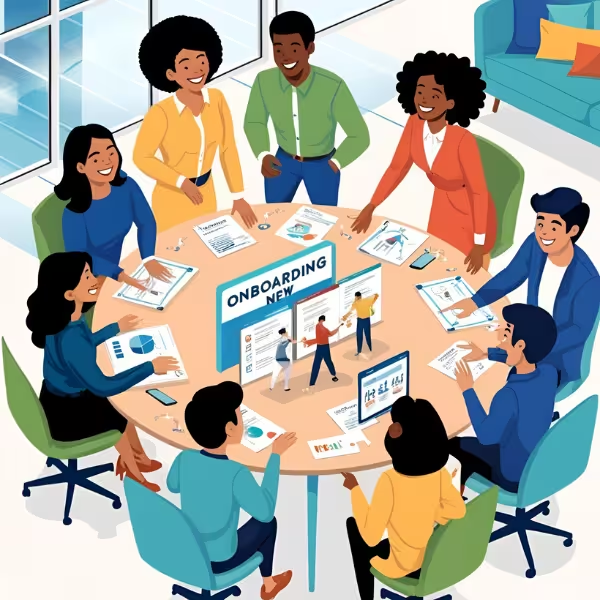
When it comes to customer engagement, the spotlight often falls on long-term strategies… Email campaigns, loyalty programs, feature releases, and so on. But in the rush to nurture loyalty over time, many tech companies overlook the most critical stage: the customer onboarding process.
Importance of Onboarding for Customer Engagement?
Because it’s the moment when potential becomes real. It’s the phase where a curious new user decides whether your product is worth their time or not. And that decision happens fast.
In fact, most users decide to stick with a product, or abandon it, within the first few minutes to days. That’s why getting the new customer onboarding experience right is one of the smartest moves a tech company can make.
First Impressions Matter More Than You ThinkWhen a new user signs up, they’re hopeful. They’ve likely heard good things or have a problem they believe your product can solve. The new customer onboarding process is your chance to validate their decision and deliver that first spark of value.
A confusing interface, unclear steps, or too much information all at once? That spark fades. On the other hand, a smooth, helpful experience can instantly turn a new user into a confident, curious explorer of your product.
Onboarding Bridges Curiosity and CommitmentAt its core, customer onboarding is about answering a simple user question:
“Can this help me?”
If users can’t clearly see how your product benefits them early on, they’re unlikely to stick around long enough to explore deeper features. The customer onboarding process should focus on quick wins… Those small victories that show users how your product fits into their lives.
Whether it’s sending their first email campaign, generating a report, or uploading their first dataset, that early success builds confidence. And with confidence comes commitment.
It’s Not Just About Features, It’s About ValueToo often, companies treat customer onboarding like a feature tour: “Here’s what this button does, and here’s what that one does…” But what users really want to know is:
“How does this solve my problem?”
The best onboarding experiences don’t just explain features. They demonstrate value. They guide users toward outcomes, not just buttons. That mindset shift from product-centric to user-centric, can transform the way customers engage from day one.
A Strong Onboarding Reduces Churn and Support Load
One of the top reasons customers churn is because they never understood the product fully. When you adopt best practices for onboarding new customers, users feel confident and capable, reducing drop-off due to frustration or confusion.
Even better, well-onboarded users rely less on customer support for basic questions. That saves your team time and resources, while still delivering a better experience.
Personalization Takes Onboarding to the Next LevelNot every customer has the same goals, and new customer onboarding shouldn’t treat them like they do. A personalized journey based on industry, role, or intent, can speak directly to a user’s needs.
How effective onboarding improves customer engagement?The more relevant the experience, the faster they find value. And the faster they find value, the more likely they are to stay.
Good Onboarding Sets the Tone for the Entire RelationshipThink of onboarding as your product’s handshake. It sets expectations, builds trust, and creates momentum. If the customer onboarding process is seamless, engaging, and helpful, users carry that positive feeling into every future interaction.
It’s a simple equation: Boosting customer engagement through onboarding = strong foundation. And strong foundations lead to long-term loyalty.
Frequently Asked Questions:

.avif)